Molybdenum: Element Properties And Uses
Description
Molybdenum is a chemical element with the symbol Mo and atomic number 42. It is used in various industrial applications due to its high strength and resistance to corrosion.
Introduction to the Element
Molybdenum is a transition metal in the periodic table. It is employed in the steel industry, electronics and chemical manufacturing.
This element is essential for processes requiring high heat resistance and durability. Molybdenum was discovered in 1778 by Carl Wilhelm Scheele. Its name is derived from the Greek word "molybdos", which means "lead-like", a reference to its resemblance to lead ore.
The element occurs as traces in the Earth’s crust and is most frequently extracted from minerals such as molybdenite (MoS₂). It also plays a role in biological systems, particularly in plants and animals, where it serves as a cofactor for enzymes that regulate nitrogen metabolism.
Description of Chemical Properties
Molybdenum is a hard, silvery-white metal with a melting point of 2 623°C (4 753°F). It is suitable for applications at elevated temperatures.
It is generally inert with most acids. However, at elevated temperatures it may react with oxidising agents such as oxygen and halogens. When exposed to air, molybdenum forms a thin oxide layer that protects the metal from further corrosion. It is soluble in nitric acid but resistant to hydrochloric acid, indicating high chemical stability in harsh environments.
The oxidation states of molybdenum range from +2 to +6, with +6 being the most stable and common in compounds. These compounds include molybdate salts that are used as catalysts in industry and in fertilisers to improve nitrogen fixation in plants.
Table of Physical Properties
|
Property |
Value |
|
Density |
10.28 g/cm³ |
|
2 623°C (4 753°F) |
|
|
Boiling Point |
4 612°C (8 355°F) |
|
Hardness |
5.5 (Mohs Scale) |
|
Electrical Conductivity |
High |
|
Thermal Conductivity |
High |
For further information please visit Stanford Advanced Materials (SAM).
Common Applications
Molybdenum is primarily used in the production of steel and other metal alloys. As an alloying element, it increases the strength, hardness and corrosion resistance of materials, thereby enabling their use in high-stress environments.
Molybdenum alloys are produced for use in the manufacturing of tools, machinery and devices across various industries, including the automotive, aerospace and construction sectors.
In addition to steel production, molybdenum is utilised in the manufacture of electrical contacts, wires and as a catalyst in both the oil and chemical industries.
It is also used in producing molybdenum disulfide for lubrication at high temperatures.
Due to its electrical properties, molybdenum is employed in the manufacture of certain electronics and solar cells.
Methods of Preparation
Molybdenum is mainly obtained by extracting molybdenite, a molybdenum disulfide mineral. The ore is roasted in air to produce molybdenum trioxide (MoO₃), which is subsequently reduced to pure molybdenum through a series of chemical processes.
Other molybdenum-bearing minerals, such as wulfenite (PbMoO₄), may also be used for extraction. Following extraction, molybdenum is processed into various forms such as powder, wire or sheet, depending on its intended use.
Frequently Asked Questions
What is molybdenum used for?
Molybdenum is mainly employed in steel production, electronics and as a catalyst in the chemical industry. It is also used for applications that require high temperature performance because of its strength and heat resistance.
How is molybdenum extracted?
Molybdenum is primarily extracted from the mineral molybdenite through a roasting process that produces molybdenum trioxide, which is then reduced to pure molybdenum.
What are the physical properties of molybdenum?
Molybdenum has a high melting point (2 623°C), a density of 10.28 g/cm³ and high thermal and electrical conductivity, making it appropriate for use in high-temperature and high-load environments.
Is molybdenum toxic?
Although molybdenum is an essential trace element in small amounts, excessive exposure may be toxic, particularly if molybdenum dust is inhaled or ingested.
What are the key industrial products associated with molybdenum?
The main products include molybdenum disulfide (used as a lubricant), molybdenum-based alloys, molybdenum oxide (used as a catalyst) and molybdenum-containing fertilisers.

 Bars
Bars
 Beads & Spheres
Beads & Spheres
 Bolts & Nuts
Bolts & Nuts
 Crucibles
Crucibles
 Discs
Discs
 Fibers & Fabrics
Fibers & Fabrics
 Films
Films
 Flake
Flake
 Foams
Foams
 Foil
Foil
 Granules
Granules
 Honeycombs
Honeycombs
 Ink
Ink
 Laminate
Laminate
 Lumps
Lumps
 Meshes
Meshes
 Metallised Film
Metallised Film
 Plate
Plate
 Powders
Powders
 Rod
Rod
 Sheets
Sheets
 Single Crystals
Single Crystals
 Sputtering Target
Sputtering Target
 Tubes
Tubes
 Washer
Washer
 Wires
Wires
 Converters & Calculators
Converters & Calculators
 Write for Us
Write for Us
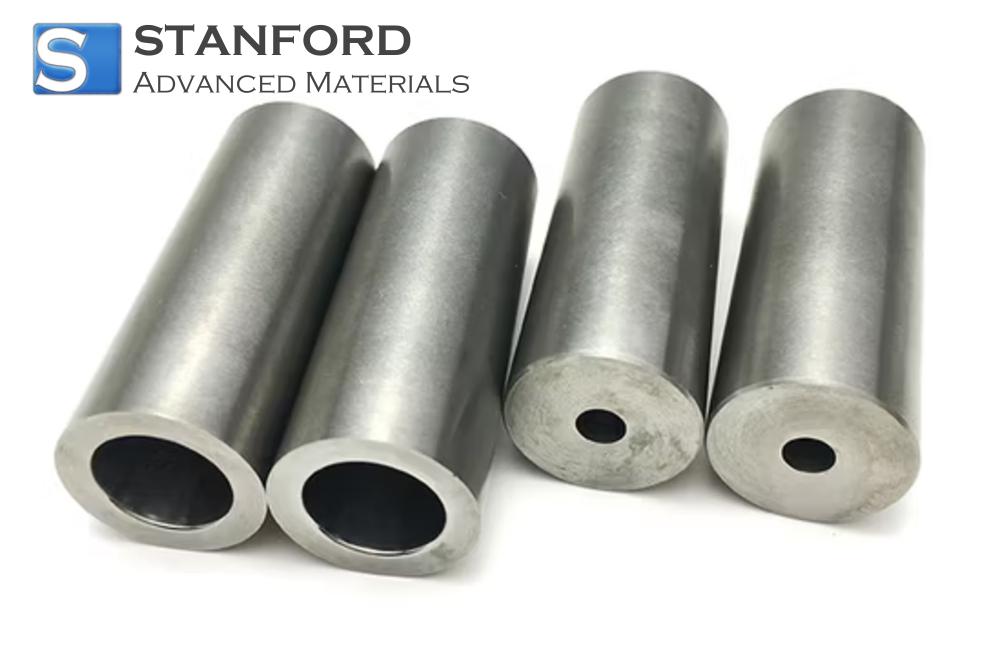
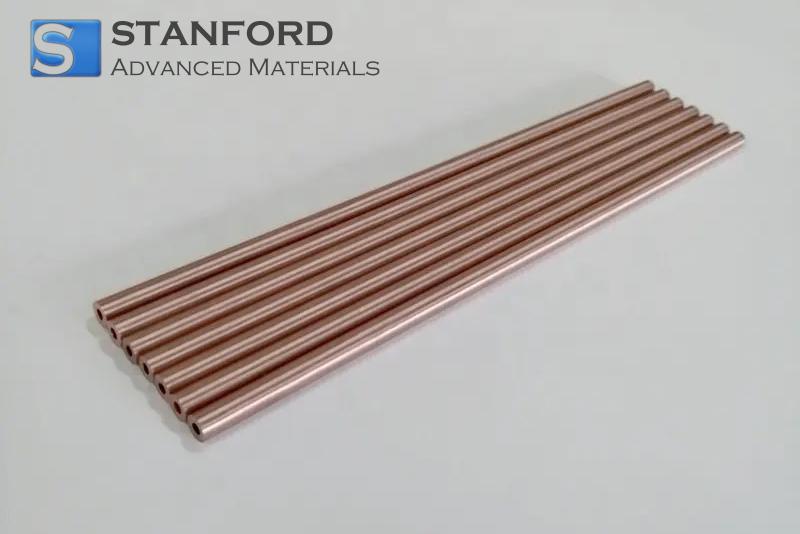
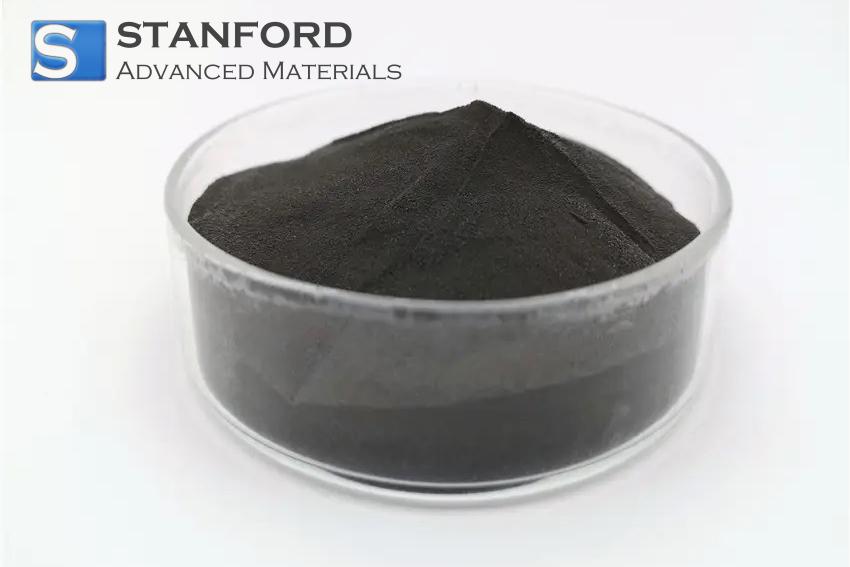
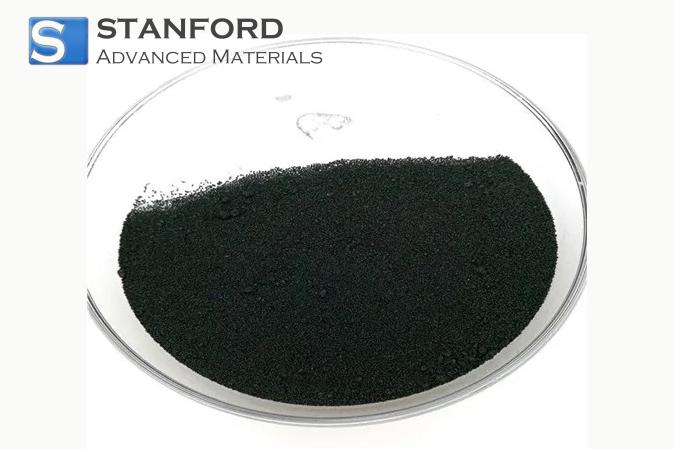
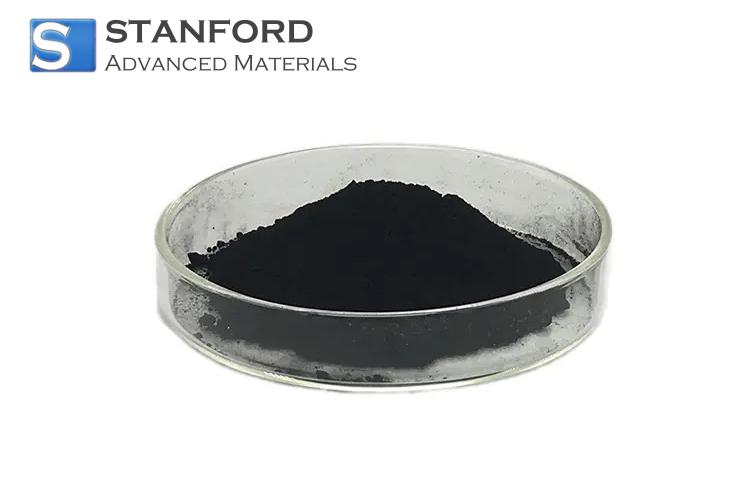
 Chin Trento
Chin Trento



